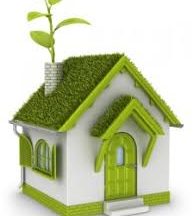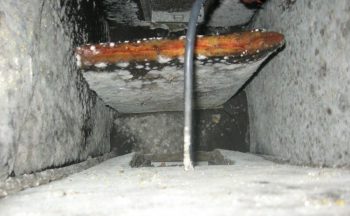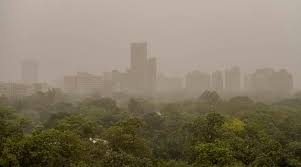 April 2022
April 2022
Clean and fresh air is part of a healthy living environment. In high-rise living this requires mechanical systems to deliver clean air from outside and filter out contaminants. These systems need to be maintained so they continue delivering fresh, clean air to your home at a comfortable temperature.
Most high-rise suites have one or more fan coil systems each connected to a thermostat. “The fan coil system combines a water coil for heating or cooling air and a fan for providing this air to the suite,” explains Les Woods of Unilux CRFC which both cleans and retrofits fan coil systems. “It draws air in from your suite and runs it through the system. A thermostat controls the temperature of air delivered to your suite. A filter, which should be replaced throughout the year, removes some contaminants so that cleaner air is returned to your suite. These systems have a projected 20-year lifespan.”
 Improper care or insufficient maintenance can affect the quality of indoor air by allowing dirt, dust, pet hair and other contaminants into your home. Mould growth in the system becomes airborne and can affect health. The lifespan of the system can be impacted.
Improper care or insufficient maintenance can affect the quality of indoor air by allowing dirt, dust, pet hair and other contaminants into your home. Mould growth in the system becomes airborne and can affect health. The lifespan of the system can be impacted.
Retrofitting an older system
Replacing fan coil systems – dirty coil, electrical components, insulation and drain pan – can improve indoor air quality. Today’s replacement systems may include component coils that are easier to clean and do not require drywall to be removed.
Newer systems reduce energy requirements by up to 75 percent while delivering clean and comfortable air. The entire retrofit process takes a few hours.
 Many communities organize an annual cleaning of fan coil systems to ensure they remain in good working condition. Filters are replaced and identified non-mechanical problems addressed. Systems may be owned by the corporation or owner as per the building’s declaration. Where systems are owned by owners, the corporation may organize retrofitting or replacement to be paid by participating owners. When not organized by the building, each owner is responsible for maintaining their individual systems.
Many communities organize an annual cleaning of fan coil systems to ensure they remain in good working condition. Filters are replaced and identified non-mechanical problems addressed. Systems may be owned by the corporation or owner as per the building’s declaration. Where systems are owned by owners, the corporation may organize retrofitting or replacement to be paid by participating owners. When not organized by the building, each owner is responsible for maintaining their individual systems.







